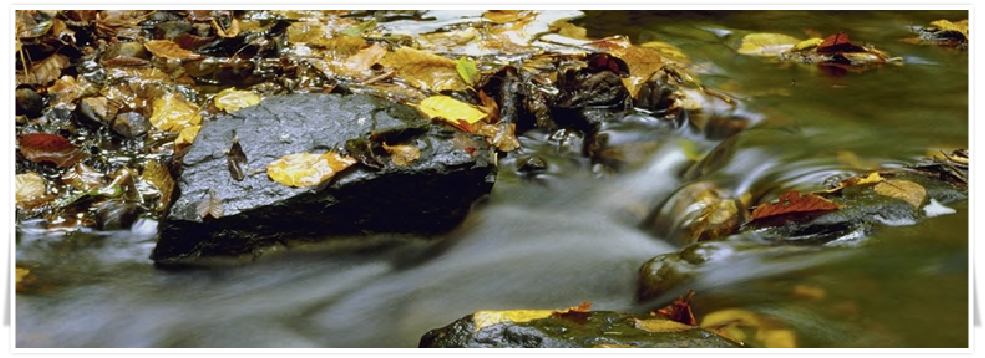Key words: Analytical; analysis; chemical; chemistry; education; environment; environmental; instrumentation; monitoring; training; water; water quality



For advice on and training in scientific methods for environmental monitoring
Site still under construction

PROJECT DETAILS
Monitoring the Basingstoke Canal
The canal opened in 1794, connecting Basingstoke to the River Thames via the River Wey, for the transport of agricultural produce. Its commercial use came to an end in 1910, although there was resurgence during the First World War when it was used for the transport of military equipment. Thereafter it passed into private ownership until 1976 when responsibility for administration of the 53km stretch between Greywell to the west and the River Wey to the east was assumed by Hampshire and Surrey County Councils who initiated a restoration project. In the 1980s they commissioned a survey of the canal to gauge the effects of boat movements on the aquatic vegetation. In addition to the vegetation survey the councils also commissioned Farnborough College of Technology to conduct a programme of chemical monitoring of the canal and this task fell to me.
The monitoring, at 13 sites from Greywell to Scotland Bridge at New Haw in Surrey, spanned five years from June 1988 until September 1992, with sampling and analyses being done up to and including December. Thereafter sampling analyses were performed from May until December, inclusive. For every one of the ten months each year, the analytes measured were conductivity, alkalinity, field-pH, equilibrium-pH, chlorophyll-a, dissolved oxygen, COD, temperature, water transparency and suspended solids. Additionally, in March and June the concentrations of ammonium-nitrogen, sodium, potassium iron, chloride, nitrate-nitrogen, sulphate, phosphate and BOD were determined.
The environment through which the canal runs is a varied one and, at the time of the monitoring programme, the degree of restoration was an added factor. From Greywell to Frimley, or thereabouts, restoration was basically complete and water flowed freely. Thereafter restoration work was still in progress and so physical water conditions varied considerably with some locks having low water levels but in all cases flow was much reduced or non-existent. At one lock that was sampled the stagnant water was covered by a thick layer of Azolla and Lemna minor, which had killed off submerged vegetation and prevented oxygenation of the water. As a result conditions were anoxic making for a highly reducing environment, as one’s nose could attest to. At Greywell the predominant geology is chalk and the land use is agricultural, hence the normally high nitrate concentrations here. As the waterway flows eastwards so it passes through sandy heathland and into a predominantly urban environment. These variations were reflected in the water chemistry, with significant differences in conductivities and alkalinities between the three environments so that from Greywell to Scotland Bridge the pH, alkalinity, nitrate, calcium and, in consequence, conductivity levels all declined while sodium, potassium, chloride, and sulphate generally increased in concentration. Nitrate concentrations dropped from Greywell to Scotland Bridge while ammonium and iron concentrations tended to remain constant for much of the canal only rising significantly at Scotland Bridge. A not altogether unexpected picture. Overall, the results suggest that
The situation at Greywell was particularly interesting. The pH was generally significantly lower than that at the next three or four sampling points which, at first sight was rather surprising. However, here the canal is fed by springs which are supersaturated with calcium hydrogen carbonate. Consequently the water is highly alkaline and so the following equilibrium comes into play, the excess hydroxide ions causing it to move to the left:
![]()
As a result hydrogen carbonate and hydroxide concentrations are lowered and calcium precipitates out of solution as the carbonate. Thus, hydrogen carbonate and hydroxide ions are removed from solution and the pH drops accordingly. This process will be aided by the fact that aquatic vegetation will remove the carbon dioxide for photosynthesis. The calcium carbonate then merges with the clay at the bottom of the canal to form marl, another feature of the canal at this site.
Further information on the Basingstoke Canal can be found on the Basingstoke Canal Authority’s website www3.hants.gov.uk/Basingstoke-canal.